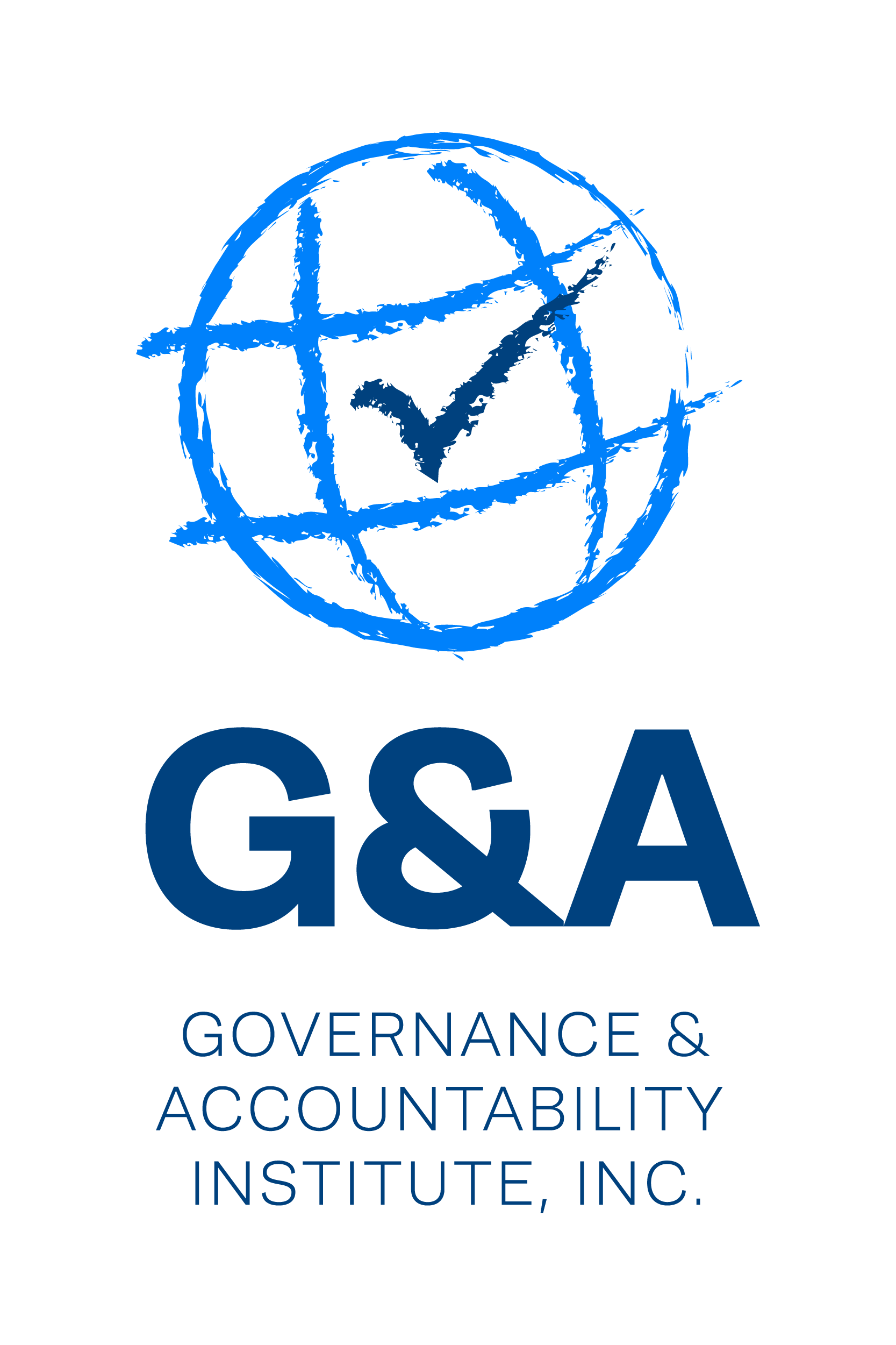The Financial Sector & Corporate Universe - the “ESG Factors” Are Now Everywhere When Companies Seek Capital
G&A's Sustainability Highlights (09.03.2020)
The Financial Sector and Corporate Universe - the “ESG Factors” Are Now Everyw…
The roots of today’s “sustainable investing” approaches go back decades; the organizing principle often was often around what investors viewed as “socially responsible”, “ethical”, “faith-based” and “values” investing. “SRI” over time evolved into the more dominant sustainable or ESG investing in the 21st Century -- with many more mainstream investors today embracing the approach.
And busily shaping trends, there is a universe of ESG ratings agencies and information distributors providing volumes of ESG ratings, scores, rankings and opinions to institutional investor clients and a broad base of asset managers, index creators and more. Recently, credit risk agencies increased their focus on ESG factors for their investor and lending clients.
Access to and cost of capital for companies is more complicated today for financial executives and the steady flow of “sustainable investing” products to asset owners and asset managers increases the importance of “being in” the sustainable product for companies.
Such as being present in an ever-wider range of indexes, benchmarks, mutual funds, exchange-traded funds, and now options and futures.
All of this can and does increase pressures on the publicly-traded corporation’s management to develop, or enhance, and more widely promote the company’s “public ESG profile” that financial sector players will consider when investing, lending, insuring, and more.
The latest expansion / adoption of ESG approaches for investable products are from Cboe Global Markets. The new “Cboe S&P 500 ESG Index” options (trading starts September 21) will align with investor ESG preferences, says the exchange. The traditional S&P 500 index is a broad-based equity benchmark used by thousands of investment managers and is the leading equities benchmark representing about 85% of total USA publicly-traded equities (all large-cap companies). Availability to investment managers of the S&P 500 ESG Index is a more recent development.
The S&P 500® Index (equities) measures the stock performance of 500 large-cap companies whose issues are traded on US stock exchanges. It was created in 1957. The newer and S&P 500 ESG Index targets the top 75% of companies in the 500 universe within their GICS® industry group.(Exclusions include tobacco, controversial weapons and UNGC non-compliance.) Asset managers link sustainability-focused products for investors to this index, including Invesco and State Street SPDRs for their ETFs.
Note that the S&P 500 ESG Index uses S&P DJSI ESG scores and other data to select companies for inclusion -- increasing the importance of the Corporate Sustainability Assessment (CSA) that for two decades has been used to create the Dow Jones Sustainability Indexes (“DJSI”). (The CSA is managed by SAM, now a unit of S&P Global.)
About Futures: In November 2019 CME Group launched its CME E-mini S&P 500 ESG Index futures as a risk management tools -- aligning, it pointed out, with ESG values.
About the CME Group – you probably know the Chicago-based firm by its units, the Chicago Mercantile Exchange, New York Mercantile Exchange, Chicago Board of Trade, Kansas City Board of Trade, and others. The organization’s roots go back to 1848 as the Chicago Board of Trade was created. This is the world’s largest financial derivates exchange trading such things as futures for energy, agriculture commodities, metals, interest rates, and stock indexes.
Investors have access to fixed-income instruments and foreign exchange trading (such as Eurodollars). The “trading pit” with shouted orders and complicated hand signals are features many are familiar with. Of course CME has electronic platforms.
About Cboe Global Markets – this is one of the world’s largest exchange holding companies (also based in Chicago) and offers options on more than 2,000 companies, almost two dozen exchanges and almost 150 ETFs. You probably have known it over the years as the Chicago Board Options Exchange, established by the Chicago Board of Trade back in April 1973. (The exchange is regulated by the SEC.)
The Cboe offers options in US and European debt and equity issues, index options, futures, and more. The organization itself issued its own first-time ESG report for 2019 performance, “referencing” GRI, SASB, TCFD, SDGs, and the World Federation of Exchanges (WFE), Sustainable Stock Exchanges (SSE) initiatives. Now ESG is part of the mix.
Considering equities, fixed-income, stock indexes, futures, options, mutual funds, exchange-traded funds, financial sector lending, “green bonds” and “green financing” – for publicly-traded and privately-owned companies the ESG trends are today are very much an more important part of the equation when companies are seeking capital, and for the cost of capital raised…and corporate ESG leadership is critical to be considered for becoming a preferred ESG issuer for many more investors and lenders.
This is just the introduction of G&A's Sustainability Highlights newsletter this week. Click here to view the full issue.

